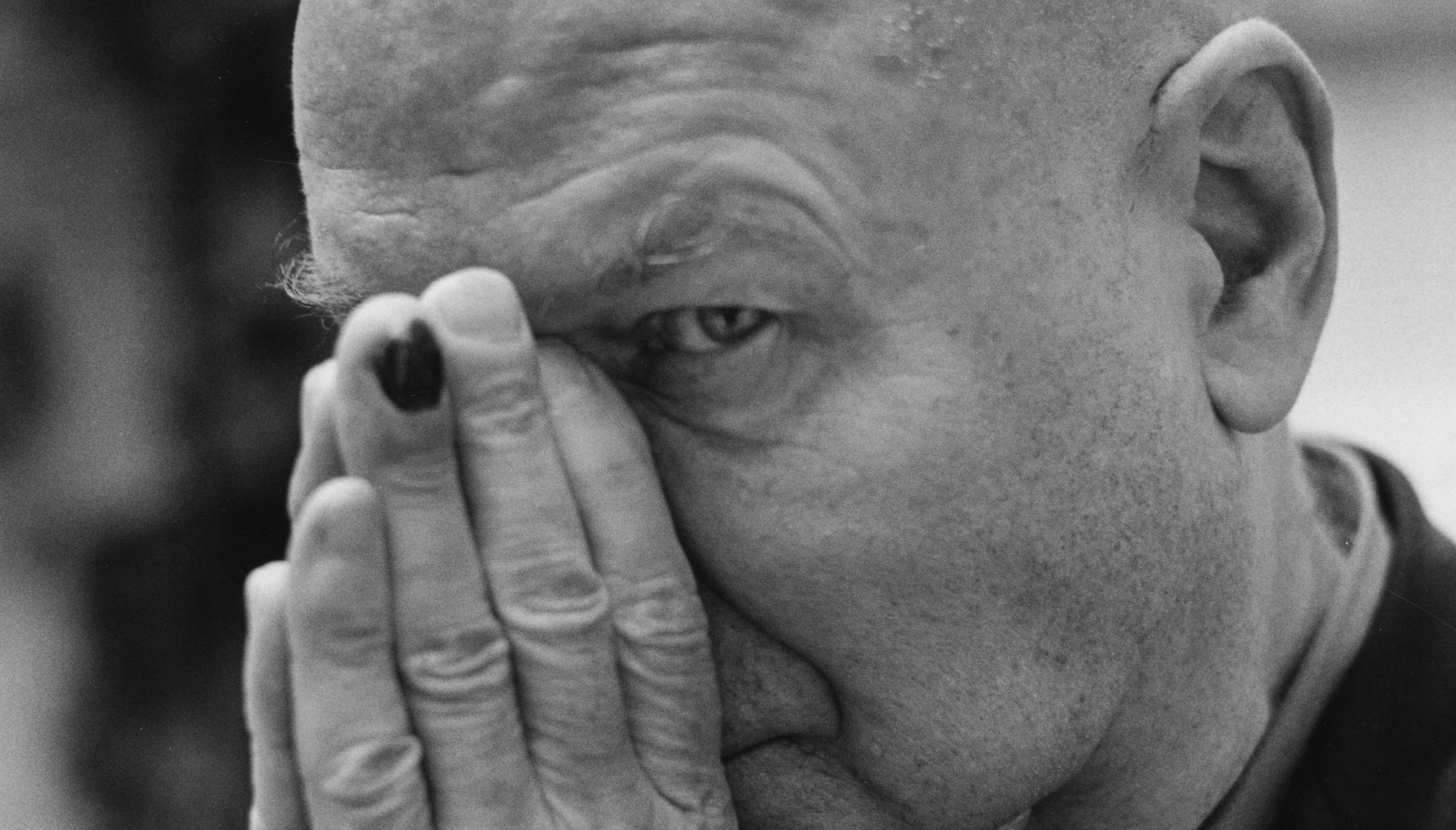Principle, Function, Form and Subjective Reality in Photographs by François-Marie Banier
by Dieter Appelt
This text was written by Dieter Appelt, published on the occasion of the release of the exhibition catalog Written photos which took place at Villa Oppenheim in Berlin from the 28th of september until the 25th of november 2007.
Photo: Dieter Appelt by François-Marie Banier

